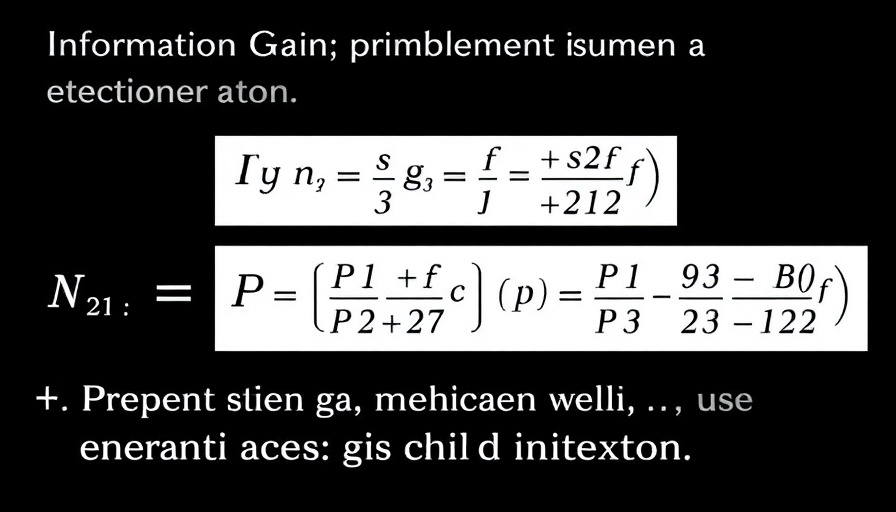
Understanding the Difference: Confidence Intervals and Prediction Intervals for Business Leaders
In the fast-paced world of digital transformation and data-driven decision making, understanding data outputs can be pivotal for C-suite executives. Two often-confused statistical tools—confidence intervals and prediction intervals—have distinct roles that can enhance decision-making processes in your organization.
The Core Difference: Insight vs. Expectation
Confidence intervals give leaders insights into the reliability of an estimate's precision. For example, when analyzing sales data, a confidence interval tells you how stable your average sales figure is. On the other hand, prediction intervals are more about the future, providing a range within which a new observation, such as next quarter's sales, is expected to fall. Simply put, confidence intervals deal with knowing the present, while prediction intervals allow for anticipating the future.
Historical Context and Background
The concepts of confidence and prediction intervals trace back to the challenges of making data predictions in scientific research. As businesses adopted more statistical models, these intervals provided the foundation for data-driven confidence and future forecasting. Today, businesses across tech, manufacturing, and healthcare rely on these metrics for strategic planning and performance analysis.
The Unique Benefits of This Knowledge
For executives in industries like finance or manufacturing, knowing when to apply each type of interval can streamline project forecasting and budget planning. By distinguishing between confidence and prediction intervals, companies can optimize resource allocation and mitigate risks by predicting operational hurdles and capitalizing on market opportunities.
Actionable Insights and Practical Tips
To implement these concepts, consider aligning your data teams' methodologies with strategic objectives using confidence intervals for current metric validations, and prediction intervals for planning and future outlooks. Encourage cross-department training sessions to enhance statistical literacy across teams, ensuring everyone can utilize these tools effectively.
By incorporating these insights into your strategic framework, you'll not only improve precision in your current assessments but also bolster the accuracy of future predictions. This proactive approach can give your organization a competitive edge in an increasingly data-centric world.
 Add Row
Add Row  Add
Add 




Write A Comment